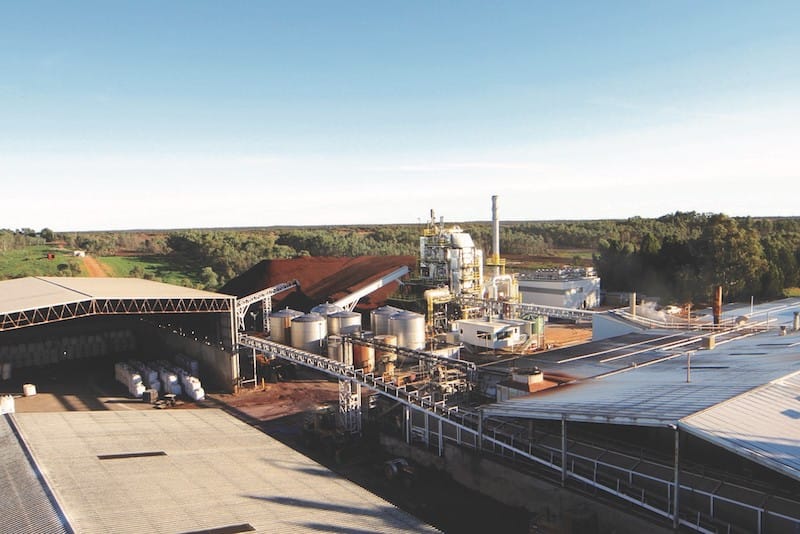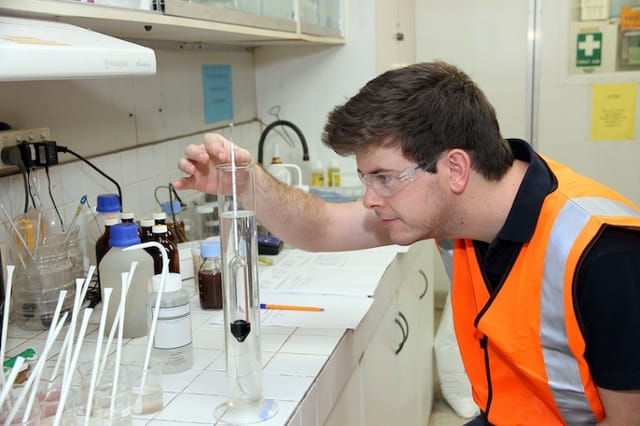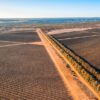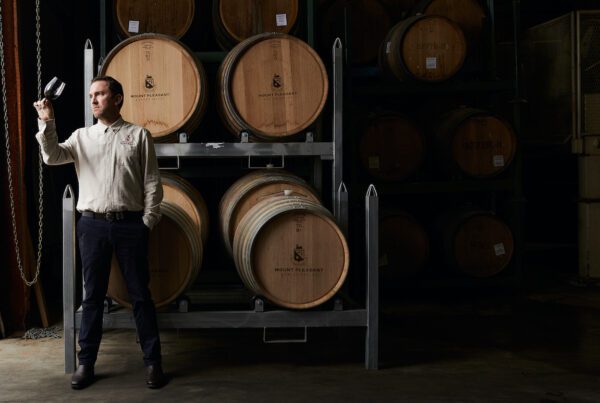
SPONSORED
Demand for natural tartaric acid and grape spirit has increased in the Australian wine industry in recent years. Australian Tartaric Products (ATP) is leading the way in innovative processes and a sustainable approach to not only create the products needed, but to tackle the growing disposal requirements for grape waste.
ATP is a key driver of sustainability across the industry with its leading-edge renewable energy plant, completed in 2014. At this state of the art facility ATP develops renewable energy, cutting emissions and producing an all-natural product.
The innovative technology employed by ATP ensures the tartrate molecule is not altered in the refining process, extracted directly from the grape and purified into a saleable food grade acid. A key component of this process is grape waste that would otherwise be used as landfill. ATP collects the waste from winemaker partners, processing it all in its Mildura factory. Large volumes of grape marc, grape lees and centrifuge de-sludge byproducts created from the winemaking process are used to produce their completely natural tartaric products.
Through this process, ATP allows wineries to dispose of their waste in an environmentally friendly way. They also take care of the waste collection – a blessing during the busy vintage time for winemakers.

How does it work?
This is a step-by-step guide to the process and how ATP manages a complete end-to-end solution that results in a vastly reduced carbon footprint:
- Extraction – natural tartaric acid and grape spirit are extracted from the wine residuals processes originating from the oldest traditional method improved for both quality and quantity by the use of modern equipment;
- Purification – After extraction, grape spirit and tartaric acid are both concentrated, purified and packaged for use. This process is all completed at the site in Colignan, Victoria;
- By-products > renewable energy – Using the latest furnace technology, grape marc undergoes combustion to generate steam. Steam is used directly in the manufacturing process and also to generate electricity to power the site. Energy derived from this source negates the need to use fossil fuels normally required to power such a plant; and
- By-products > agricultural products – Due to the nature of the process, by-products are suitable for agricultural use. ATP supplies gypsum, marc and marc ash back to the agricultural sector. It is another aspect which allows ATP to ensure its operations have minimal impact on the environment.
The results
Australian Tartaric Products’ new facility expects to:
- Reduce the emissions intensity by 75 percent;
- Reduce energy costs by 73 percent;
- Decrease use of fossil fuels by 70 percent; and
- Generate more than 60 percent of the company’s electricity needs on site.
In 2013 ATP won the prestigious Lever Award for Innovative Processes for the company’s new biomass boiler that will slash energy costs, improve international competitiveness, reduce ATP’s carbon footprint significantly and allow the disposal of more than 90,000 tonnes of grape waste from the Australian wine industry.
The company also received a grant from the Clean Technology Food and Foundries Investment Program, a merit-based grants program to support Australian manufacturers to maintain competitiveness in a carbon-constrained economy. The program provides grants for investments in energy-efficient capital equipment and low-emission technologies, processes and products.
Visit australiantartaric.com.au for further details.









Recent Comments